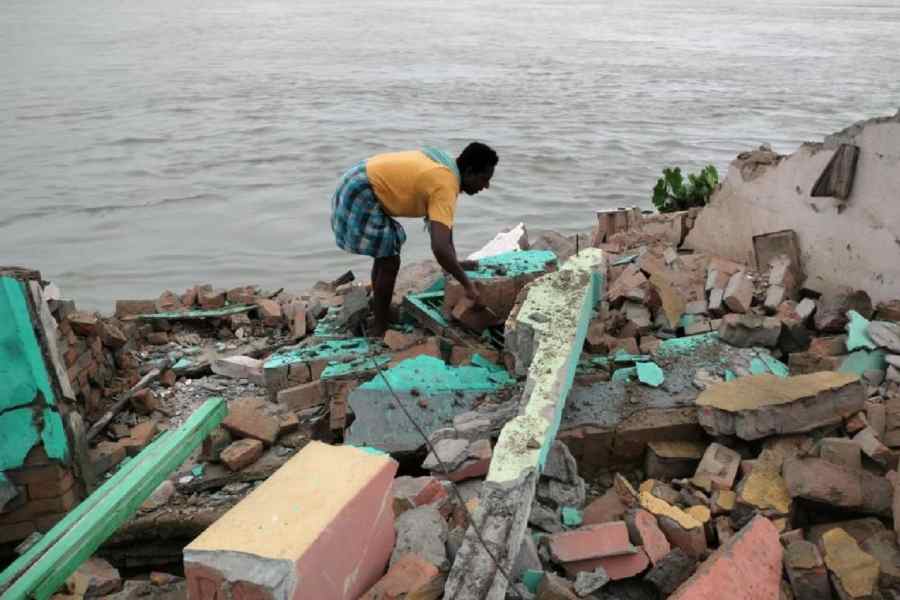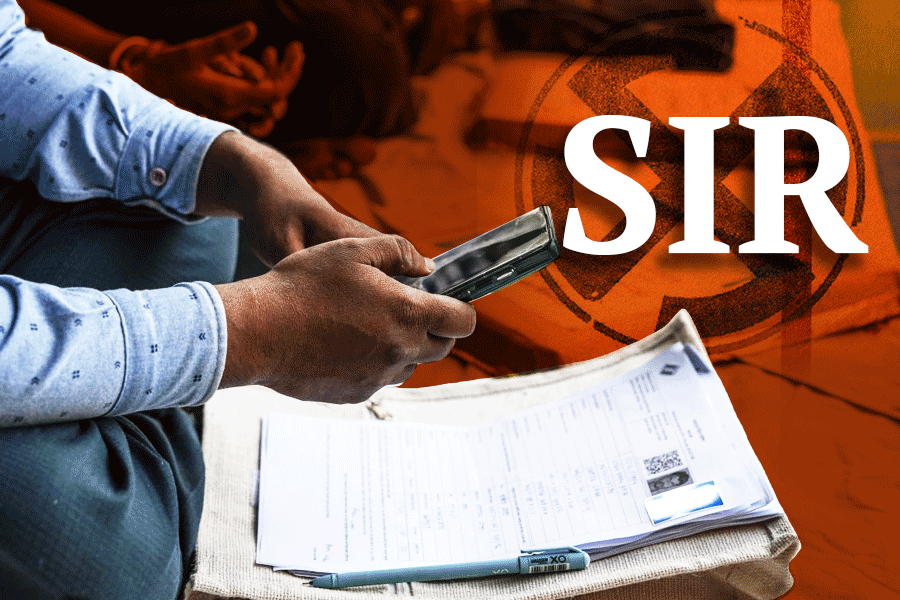It is amusing that singular terms like, ‘place’, have meanings that are manifold. The word, ‘place’, signifies a specific location while simultaneously eliciting a mental image of the locale as well as the emotions and meanings associated with the place and experiences therein. Such identification transforms a space into a place. Home is the most intimate of places, associated with security, safety, intimate social relationships, belonging, warmth, fond memories, familiarity and sound sleep. However, the impacts of climate change and its resultant effects threaten to distort such ideas associated with the home.
Data from the Internal Displacement Monitoring Centre reveal that extreme weather events account for a significant amount of internal displacements. The impacts of climate change could further exacerbate the forced movement of populations. The World Bank’s Groundswell Report, too, estimates that the impacts of climate change could internally displace around 216 million within countries by 2050, primarily in the Global South. However, such statistics often lead us to perceive mobility and immobility as mutually exclusive phenomena. Voluntary immobility in at-risk areas can stem from the desire to protect and preserve one’s sense of place and one’s home despite the necessity of temporary mobility due to economic, environmental and/or social factors, as in the Indian Sunderbans or within the fishing community of Senegal.
Another significant component that the statistics draw attention to is the phenomenon of displacement and forced movement. While some disciplines use the terms, ‘displacement’ and ‘forced migration’, synonymously, others understand displacement as a process and forced migration as one of its many outcomes. Our understanding of the term revolves around the involuntary and the coerced nature of both the process and its outcomes. We associate the term with disruption of attachment to home and daily life, unsafety and unfamiliarity. It affects the negative and the positive freedoms of those displaced and thus leaves them worse off. While negative freedom necessitates freedom from constraints and interference, including from the government, positive freedom gives people opportunities to enhance their agency and reach their highest potential. The term, displacement, applies not only to migrants and refugees but also to those who are involuntarily forced to part with their sense of security and peace and their sense of home, such as victims of caste and sexual violence perpetrated at their homes.
Presently, the decisions surrounding the mobility and the immobility of climate migrants are majorly influenced by other actors involved in the interconnected socio-economic and political affairs locally and globally. The prevalence of inequalities in society, the predominance of a hierarchical power structure both locally and globally, unequal access and the resultant selective ability to influence decision-making lead to unrepresentative decisions. Unfortunately, voices of the people most affected by (im)mobility decisions and their associated outcomes, like the potential loss of attachment to home, are least reflected.
Given the current and anticipated magnitude of displacement, at-risk populations must be made the primary participants in decisions surrounding their mobility, immobility and well-being. Their experiences of displacement, their exploitation as informal labourers and their experiences of intersectional injustices cannot be fathomed by the privileged Other living secure lives and having continued attachments to home. Innovative ways must be devised to include at-risk inhabitants in designing policies that prioritise their visions of home.
Sampurna Sarkar is a climate change adaptation scholar. Anamitra Anurag Danda is an environmentalist. Views are personal











